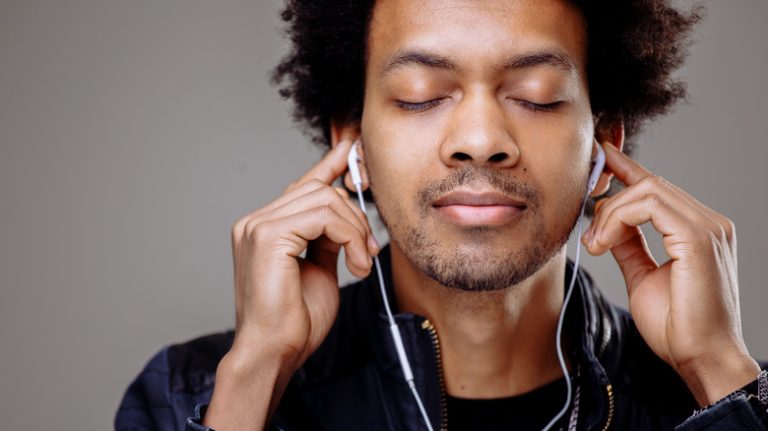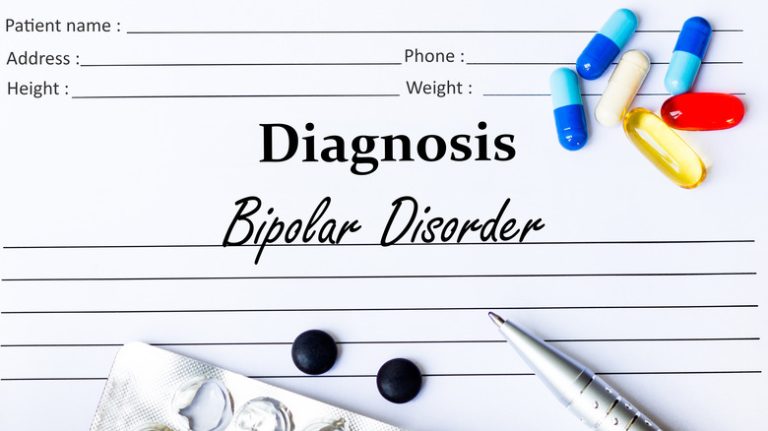Being in pain is an unpleasant experience, to say the least. Whether it’s back pain, a paper cut, or a splitting headache, pain is an intrusive sensation that can quickly ruin your day. Pain is the experience of your body warning your brain of actual or potential injury, according to Verywell Health. Usually, when you experience pain from falling or stepping on a rock, your body receives the signals that something is wrong and then heals itself over time. But sometimes the pain doesn’t go away, thus becoming chronic pain.
Cleveland Clinic defines chronic pain as pain that extends beyond 12 weeks. Chronic pain can be continuous pain or it can be pain that comes and goes. No matter where in the body the pain is felt, if it persists beyond three months then it can be classified as chronic pain. Just like the myth that not bundling up well enough in chilly weather will lead to a cold (as debunked by WebMD) it’s time to say goodbye to myths about chronic pain.
Myth: Chronic pain isn’t real

Some of the most pervasive myths about chronic pain suggest that it isn’t real, that the person suffering is simply attention-seeking, or that the person in pain is looking to get their hands on opioids.
Firstly, chronic pain is legitimate. In an interview with Eat This, Not That! Abigail Hirsch, PhD and co-founder of Lin Health, says that, “No doctor should ever tell you your pain is ‘in your head,’ as in, it’s not real or something you’ve created. Your pain experience is real.” After legitimizing chronic pain, the next hurdle is societal stigma. The reality is that prescription pain medications are often needed to treat chronic pain. Patients are closely monitored by their doctors and individual treatment plans are curated, which often include other forms of treatment alongside medication (per Minnesota DHS). A 2024 study unpacked the stereotypes that people living with chronic pain are drug seekers, complainers, and malingerers. The author of the study, Roger Collier, found that, “The stigma associated with having an invisible condition has been made worse by the ongoing opioid epidemic. The rise in misuse of opioids and the associated overdose deaths has made many patients with chronic pain feel under attack.”
Myth: Chronic pain happens when you age

A common myth is that chronic pain is simply a side effect of aging. According to Cleveland Clinic, there is temporary pain that comes with wear and tear on the body over the lifespan, but chronic pain is not a natural symptom of the aging process. Instead, chronic pain can be a symptom of serious conditions like cancer, arthritis, and nerve pain, and should be checked out by a qualified medical practitioner.
Another myth is that young people, especially children and teenagers, don’t experience chronic pain. Frontiers for Young Minds reports that approximately 5% of young people with chronic pain experience pain so intense that it negatively impacts their daily lives, with increased rates of chronic pain appearing during puberty and a higher percentage of girls experiencing chronic pain. Young people who experience chronic pain are often told that they are too young to have chronic pain. Absences from school and canceled plans with friends may be faced with questions about the legitimacy of a young person’s chronic pain because the pain is often invisible to others. Especially for youth involved in potentially dangerous sports, the American Academy of Anesthesiologists recommends treating injuries immediately and not pushing through pain. This can help keep young people from worsening their injuries or developing chronic pain.
Myth: Chronic pain isn’t treatable

Lopolo/Shutterstock
Chronic pain can seem inescapable, but thankfully treatment is available. In fact, there are many treatments for chronic pain, including holistic treatments like physical therapy and lifestyle changes (via Cleveland Clinic). There are several side effects of living with chronic pain that can also be treated, including anxiety, depression, and difficulty sleeping.
Mayo Clinic reports that there is a connection between pain and depression, wherein pain can cause depression and depression can worsen pain. Chronic pain can also cause sleep disruptions, with sleep deprivation potentially contributing to both increased pain and depression. Cognitive behavioral therapy (CBT) and counseling can be helpful options for processing how chronic pain affects your life (per Cleveland Clinic).
Other treatments available for chronic pain include acupuncture, massage therapy, meditation, and stretching, according to WebMD. Ultrasound, TENS units, occupational therapy, and medications, including muscle relaxers and antidepressants, can also be helpful in treating chronic pain. As always, consult with your healthcare provider to come up with the best treatment plan for your unique body and chronic pain.
If you or someone you know is struggling with mental health, please contact the Crisis Text Line by texting HOME to 741741, call the National Alliance on Mental Illness helpline at 1-800-950-NAMI (6264), or visit the National Institute of Mental Health website.



